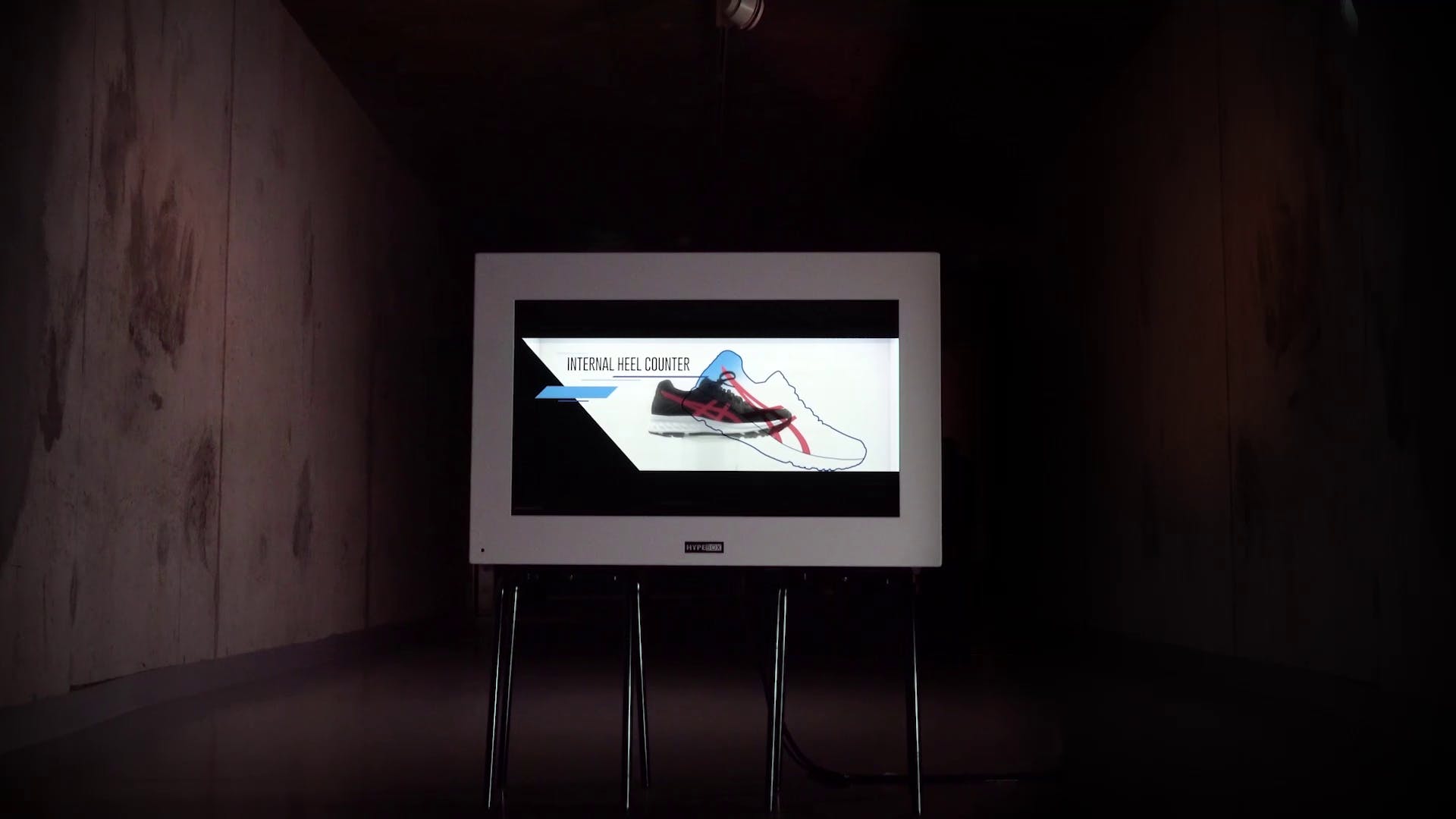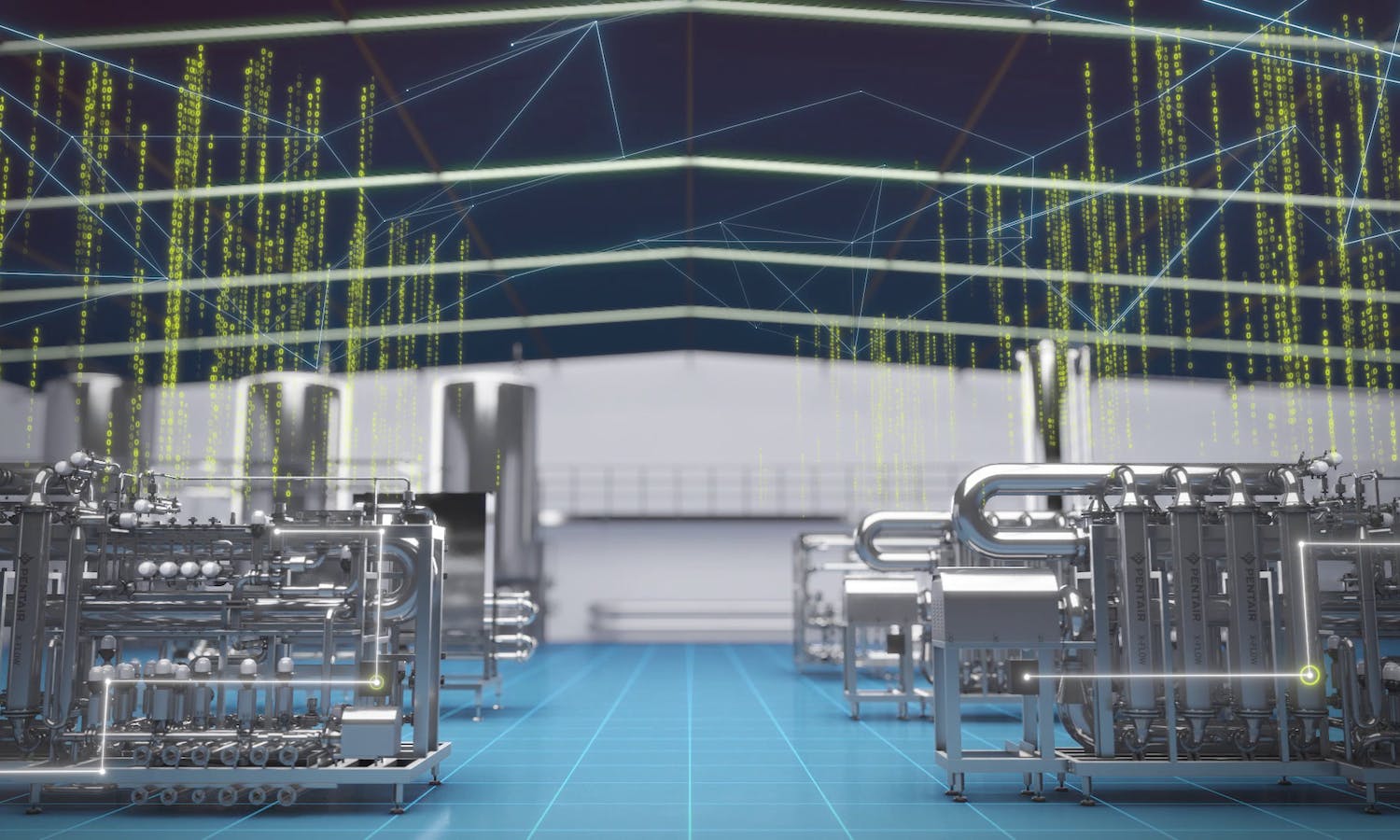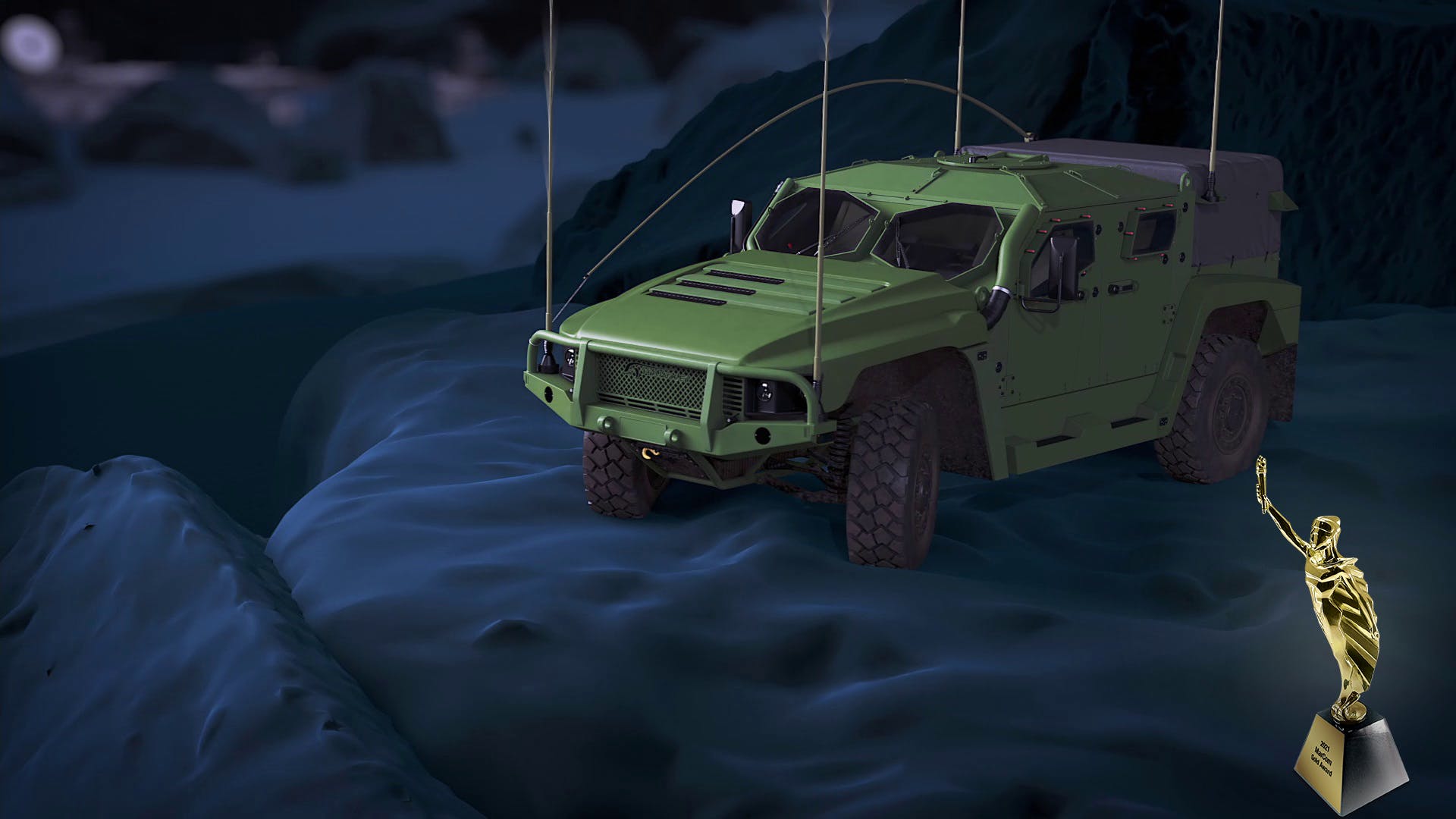This article will discuss the different types of animations you can choose from and what benefits they can offer.
Request contact
Types of animations
Are you planning to have an animation created? There are different types of animations available. They differ in terms of technique, visual imaging and cost. Not sure which type is best?

Traditional animations
Traditionally, animations are drawn by hand. In this type of animation, each frame is illustrated by an artist. Think of the earlier Disney animations such as Micky Mouse or Donald Duck. This can be done on paper, but it is often done on a computer. In the past, this technique was very popular, but because it is quite labour-intensive (and there are more efficient digital alternatives available nowadays), it is not used very often these days. In marketing, this technique has become quite rare. In creative projects, this technique is used more often; for example, Disney still uses traditional animations regularly. However, most companies opt for more efficient methods that do not require redrawing each frame. This often means 2D and 3D animations. 2D animations are also called explainer animations.
Explainer animation/ 2D animation
Both 2D and 3D animations are created using software. One significant advantage of both types of animation is that they are generally much easier to produce than traditional animations. However, there are also significant differences. The 2D animation has been around a lot longer and uses a slightly older technique. In 2D animations, as the name suggests, two-dimensional images are created. This type of animation feels ‘flatter’ than 3D animations. A significant advantage of 2D animations is that they take less time to develop. Therefore, they are generally more cost-efficient than 3D animations. If you are looking for simple, budget-friendly animations, these animations can be a good option.
Use case explanation animation TenCate Protective Fabrics

In this 2D explanation animation the longevity and sustainable fabrics of TenCate are being explained. There are so many elements and details that a simple explanation is barely imaginable. Through this animation the relevant USP's are being portrayed in a simple and clear way. It shows the life cycle and character of the combined fabrics of TenCate Ecogreen.
3D animation
3D animation is a lot more advanced than 2D animation. This technology uses special software to create realistic, three-dimensional images. Unlike 2D animations, 3D animations do not feel flat. Instead, these animations use depth and perspective. They are ideal for people looking for a realistic, detailed view of products or situations. For example, 3D animations are often used to present a product or to visualise construction projects that have not yet been realised. This technique allows you to move around the object and in the environment. These 3D animations are also popular in marketing because they stand out and focus the viewers' attention. On the other hand, they are usually more time-consuming to create.
Stop motion
Stop motion animations are somewhat similar to traditional animations. They also use static images, which are played quickly to create the illusion of movement. But where traditional animations use (digital) drawings, this technique uses photographs of objects. In each photograph, the objects are moved slightly, allowing different images to be created. This is the most labour-intensive type of animation. This technique is, therefore, not very popular in the marketing industry. You cannot create a realistic view with these animations, as it often produces a somewhat 'static' image. Stop motion is used mainly for artistic projects. The popular children's series' Pingu' is a well-known example of stop motion.
Bij akkoord geeft u ons toestemming voor het gebruik van alle cookies op onze website. Wilt u een gebruiksvriendelijke ervaring?


